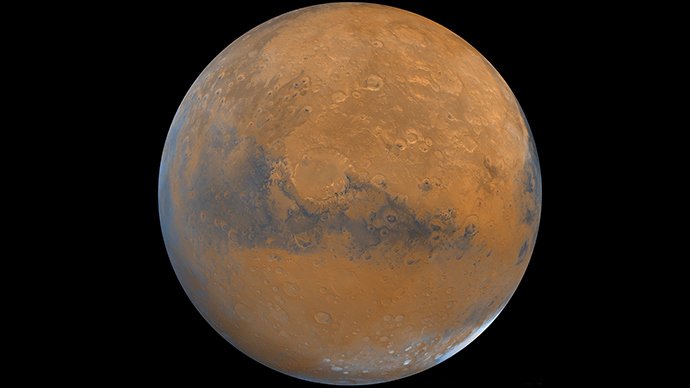
UAE plans to build first city on Mars
Since a 2003 study that examined microbial life in the 'Mars-like soils' of the Atacama, astrobiological research – the study of life on Earth to understand how it may form elsewhere in the universe - in the desert has grown dramatically.
"It is much cheaper than traveling to Mars," said Armando Azua, a Chilean astrobiologist at the Blue Marble Space Institute in the US, who grew up in one of the Atacama's few populated areas.
"It is the driest and oldest desert in the world, a unique place where life had no choice but to adapt to the lack of water." Still, even in this harsh environment, scientists have found life - usually at the microbiological level - clinging on.
"We think that even in those places on Mars where previously it was thought life would not be found, because they were too dry for anything to survive, well we've found places just like that on Earth and there are still different kinds of microrganisms," said Azua.
Scientists are currently investigating if fungi or other organisms could adapt and harvest high levels of ultraviolet radiation as an energy source, in the way that fungi found near the site of the 1986 Chernobyl nuclear disaster was apparently feeding off the area's high levels of radiation.
Scientists enter Hawaii dome in eight-month Mars space mission study
Azua's team identified a patch of the Atacama that was the driest of all, where centuries may pass without any rainfall. They dug down, and found a whole host of thriving bacteria.
"If we can show that in the Atacama desert, life is capable of tolerating extreme dryness...that will open up tremendously the possibilities of finding life not only on Mars but elsewhere in the universe," he said.




1721805490-0/BeFunky-collage-(14)1721805490-0-165x106.webp)


















COMMENTS
Comments are moderated and generally will be posted if they are on-topic and not abusive.
For more information, please see our Comments FAQ